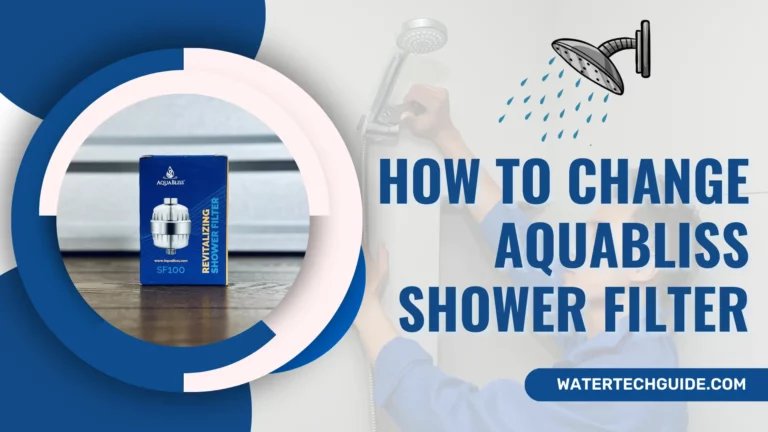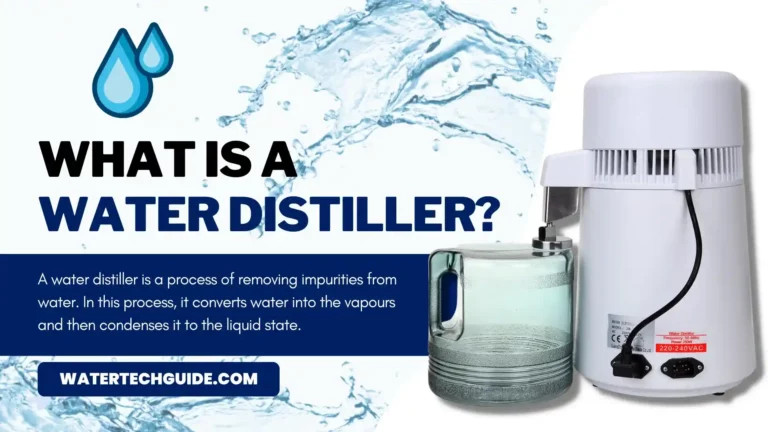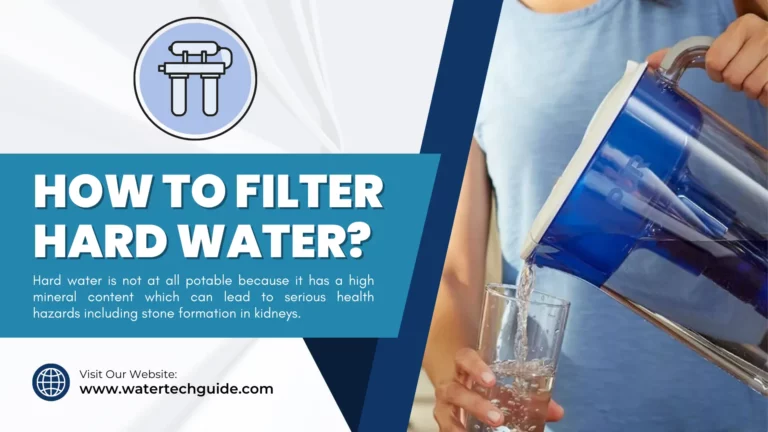How to Remove Fluoride From Water Cheaply
If you’re one of the many people who are concerned about fluoride in your water, you’ll be happy to know that there are a few cheap and easy ways to remove it. In this post, we’ll discuss the methods that you can use to get rid of fluoride without spending a lot of money. Keep reading to learn more!
In this article, we’ll go through the dangers of fluoride in drinking water, the potential health effects of fluoridation, and some methods of removal that can help you get the fluoride out of your water.

1. Gravity-Fed Filters for Removing fluoride
Water filters that use gravity to draw water directly from a large reservoir are among the most successful methods for removing fluoride from your water. These filters work by using gravity to slowly pull water through a filter media, which removes impurities as the water passes. Filters of this sort can effectively remove fluoride and other contaminants such as heavy metals and germs.
Advantages:
The biggest advantage of using a gravity-fed filter such as the Big Berkey, or a Pitcher filter is that it does not require electricity to function. If you want a low-tech, cheap water filtering solution or want to save money on your power bill, a gravity-fed fluoride filter is a great option. Another benefit of gravity-fed filters is that they are typically very easy to use and maintain, and can look good on the countertop.
Disadvantages:
One of the disadvantages of gravity-fed filters is that they can be slow, as they rely on gravity to pull water through the filter media. Not all gravity filters will remove fluoride either. They also require a storage container to hold the filtered water, which can take up space in your home. If you find your home goes through a lot of drinking water, there are faster and more efficient ways to remove fluoride from your water such as reverse osmosis. You can see a comparison we did in an article Berkey V’s Reverse Osmosis
2. Reverse Osmosis Systems for Removing Fluoride
Reverse osmosis systems are among the most popular methods for removing fluoride from water. Water softener systems use a semipermeable membrane to filter out impurities and leave clean, filtered water behind. Reverse osmosis systems effectively remove fluoride from water and other contaminants such as heavy metals and bacteria they are the best solution if you want to remove all the fluoride. You can see the best RO filters reviews in this article
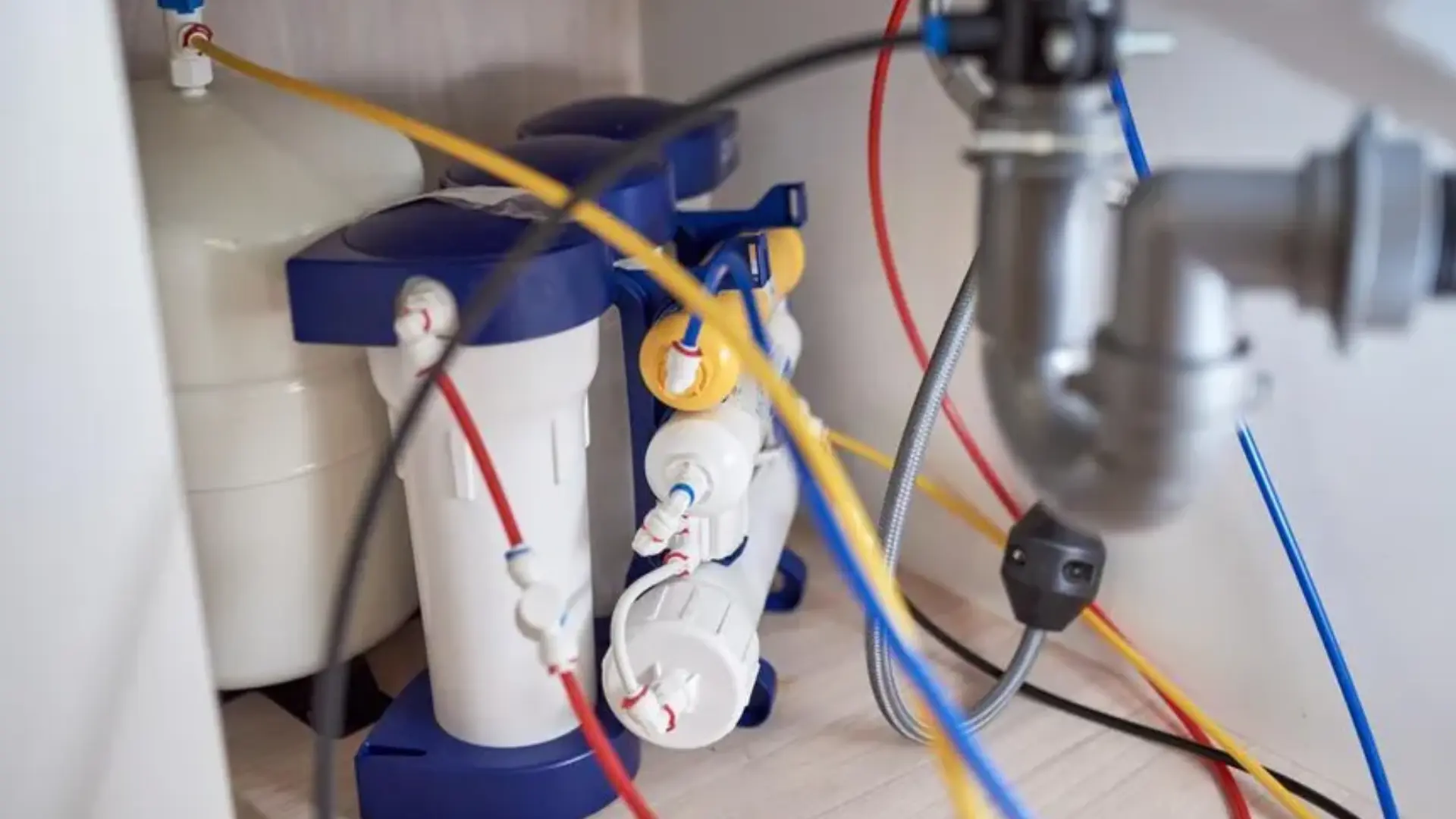
Advantages:
Reverse osmosis systems typically have a very high flow rate to filter large amounts of water quickly. Reverse osmosis systems also require very little attention once installed, making them a low-maintenance option for water filtration.
Disadvantages:
One of the drawbacks of reverse osmosis systems is their high price tag and installation. These systems also require a dedicated faucet for filtered water, taking up additional space in your kitchen. If you are looking for an affordable and easy-to-use water filter, a different option may be better.
3. Carbon Filters for Removing Fluoride
Carbon filters are another popular option for removing fluoride from water. These filters work by absorbing impurities onto the surface of the carbon filter media. Carbon filters are not very efficient at removing fluoride and in most cases, they will only at best, reduce the fluoride levels, they are great at removing other pollutants such as chlorine and lead from water.
Advantages:
Carbon filters typically have a long lifespan and require very little maintenance. These filters are also relatively affordable, making them a great option for those on a budget.
Disadvantages:
The biggest disadvantage to a carbon water filter is that it will not remove the FLuoride. Another disadvantage of carbon filters is that they can reduce the quantity of water passing through them. The carbon filter media can become clogged with impurities over time, which reduces its ability to filter water efficiently. If you want to get rid of fluoride from your water quickly, a different type of water filter might be a better alternative.
4. Distillation For Removing Fluoride
Distillation is the most effective way to remove all Fluoride in water. This process involves boiling water to create steam, which is distilled by condensation and then collected in a separate container. We have a full article about what a distiller is and how it works. The impurities in the water, including fluoride, are left behind and do not condense into the steam. Most Water Distillers are quite small though. Here are our top Water Distiller picks
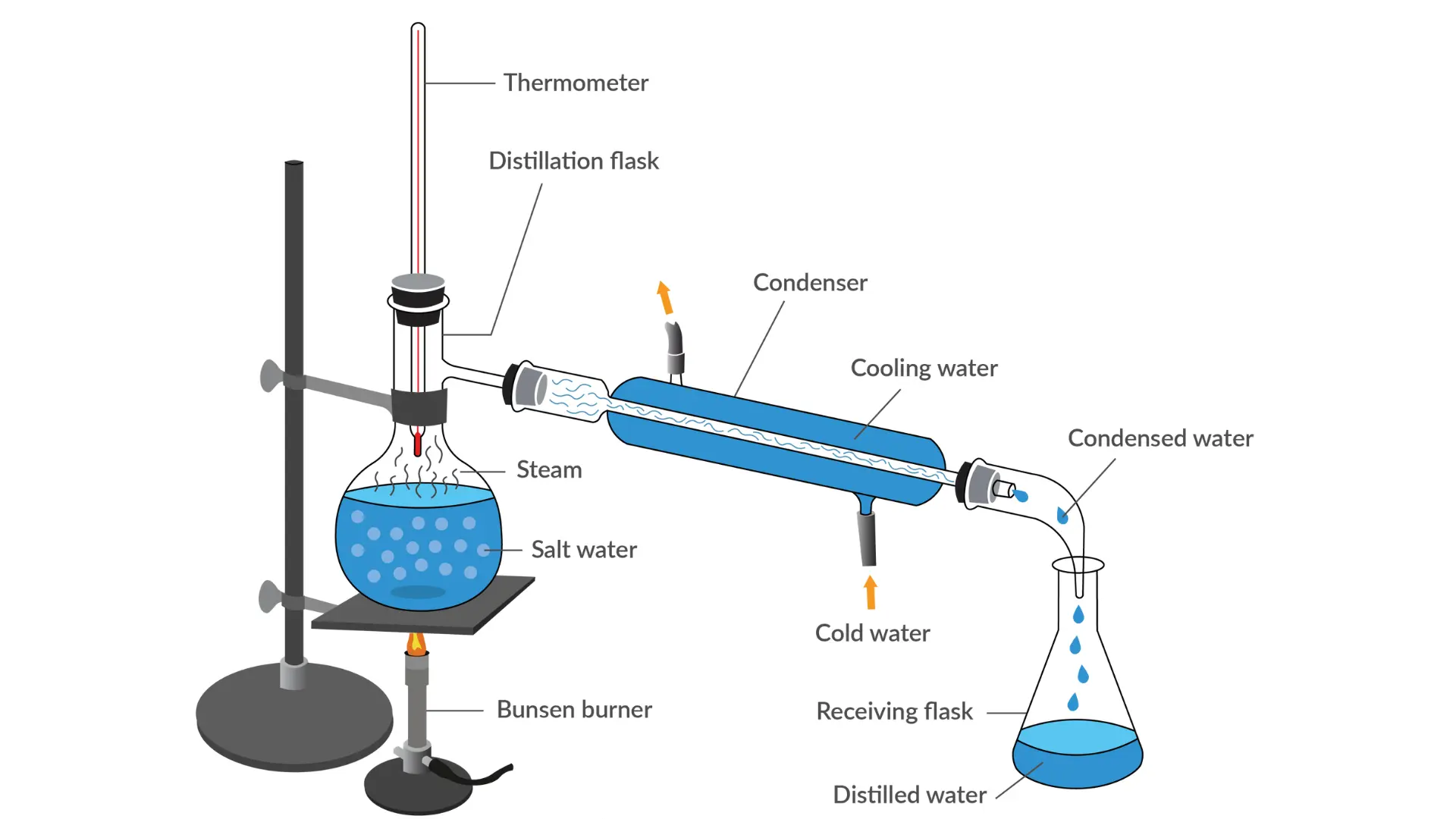
Advantages:
Distillation is an effective way to remove fluoride from water and other contaminants such as bacteria and heavy metals. Dealing with fluoride can be difficult, especially if you don’t know about it. This technique is also simple to implement, making it ideal for individuals who want to remove fluoride from their water entirely.
Disadvantages:
One disadvantage of distillation is that it may be time-consuming since the water must first boil. This method also requires a heat source, such as a stovetop, which may not be available in all homes. If you want to get rid of fluoride from your water fast, then other filters might be more appropriate.
5. Ion Exchange for Removing Fluoride
Ion exchange is another popular method for removing fluoride from water. This process works by exchanging the ions in the water with ions that are not harmful to humans. You may use this process to eliminate a wide range of pollutants, such as fluoride.
Advantages:
The use of ion exchange to remove fluoride is a very effective process. This process can also remove other contaminants such as lead and chlorine. Additionally, ion exchange systems typically have a long lifespan and require very little maintenance.
Disadvantages:
One disadvantage of ion exchange is that it can be expensive to purchase and install. These systems also require regular replacement of the exchange media, which can add to the cost of ownership. Another option, if you want to filter water at a lower cost, another option may be preferable for you.
6. Reverse Osmosis for Removing Fluoride
Reverse osmosis is yet another approach to reducing fluoride in water. This process works by passing water through a semipermeable membrane, which filters out impurities such as fluoride. Reverse osmosis systems effectively remove various contaminants from water, making them a great option for those who want clean and safe water.
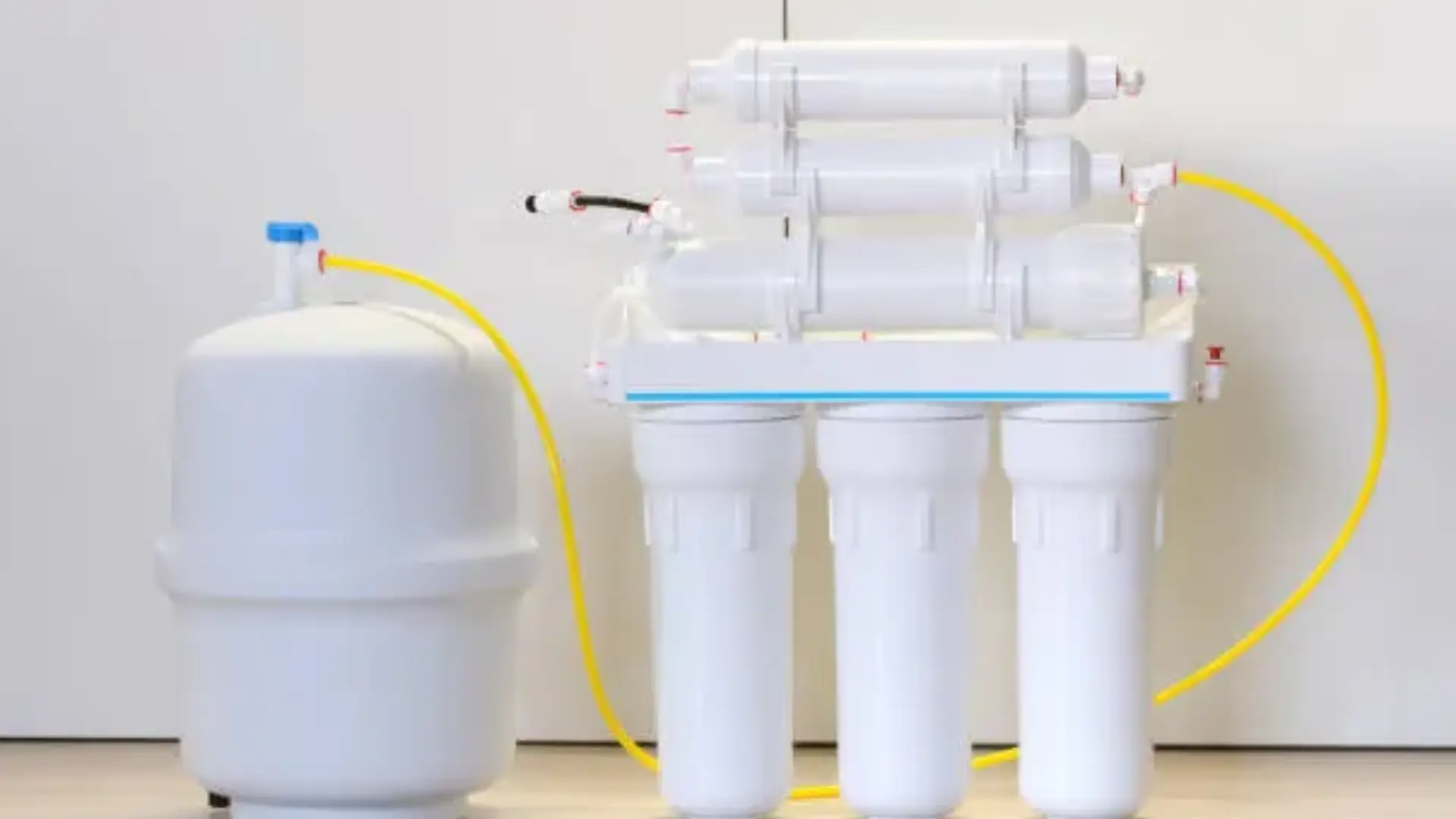
Advantages:
Reverse osmosis is a very effective way to remove fluoride from water. Other contaminants, such as lead and chlorine, can also be removed. Additionally, Reverse osmosis systems have a long service life and need little maintenance.
Disadvantages:
One disadvantage of reverse osmosis is that it can be expensive to purchase and install. While these systems are less expensive than full-coverage methods, they are more costly to maintain. They also necessitate the replacement of the semipermeable membrane regularly, which may boost operational costs.
7. Faucet Mount Water Filter To Reduce Fluoride Levels
Faucet mount water filters are a popular and convenient way to remove fluoride from your drinking water. These water filters are used in homes, businesses, and other places with water systems to clean the water. In this procedure, water enters the trap and is filtered as it goes through. Faucet mount filters come in various styles and can be very effective at reducing fluoride levels.
Advantages:
Faucet mount filters are convenient and easy to remove fluoride from your water. Additionally, faucet mount filters typically have a long lifespan and require very little maintenance.
Disadvantages:
One disadvantage of faucet mount filters is that they can be less effective than other methods at removing fluoride. Furthermore, these filters must be replaced regularly, which may add to the cost of ownership. Another option, if you want to filter water at a lower cost, then it may be preferable for you.
8. Water Pitcher Filters for Reducing Fluoride
Water pitcher filters are a popular option for those who want to remove fluoride from their drinking water. These filters work by passing the water through a filter cartridge, removing impurities such as fluoride. Water pitcher filters are very easy to use and can be very effective at reducing fluoride levels.
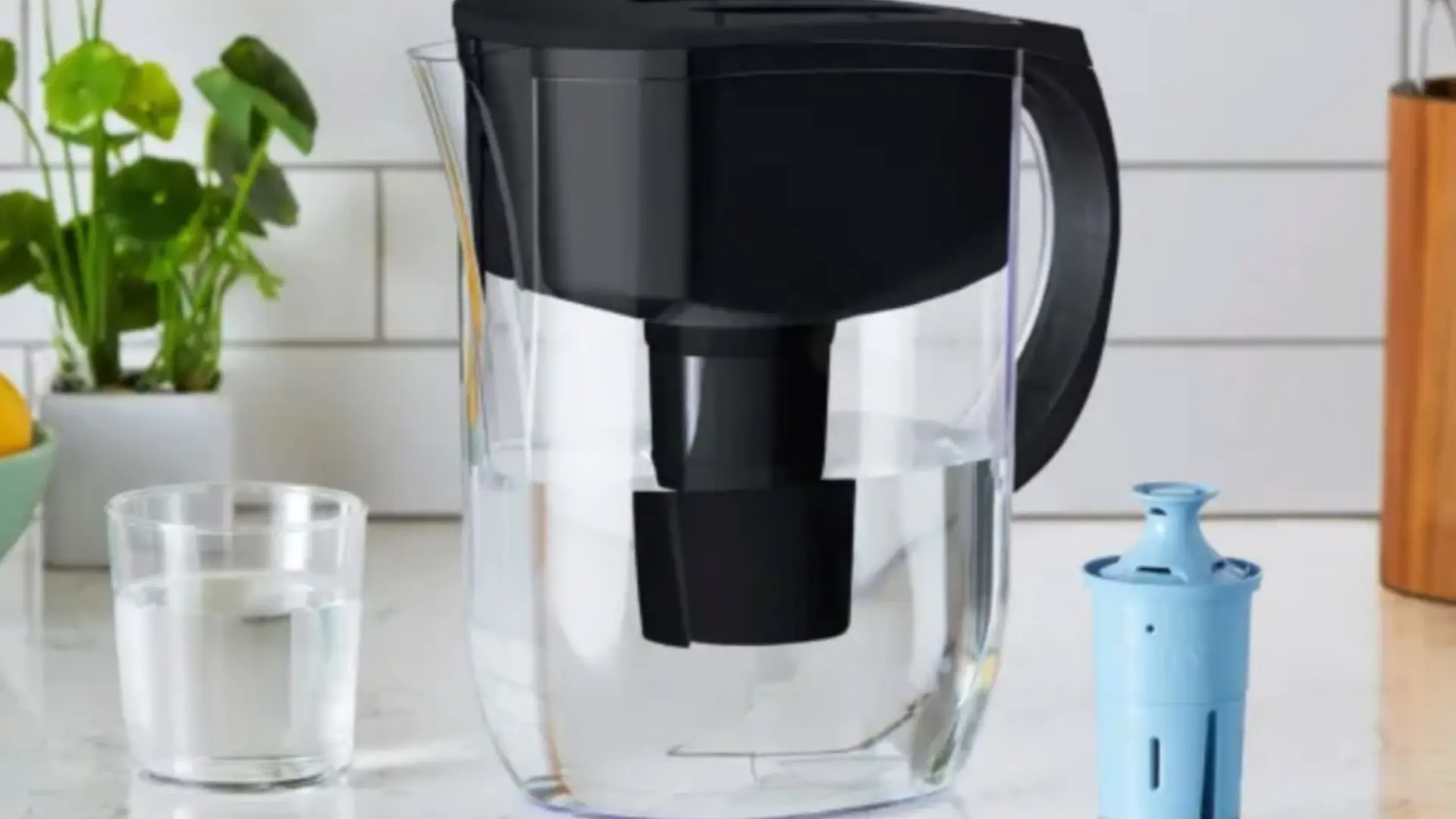
Advantages:
Water pitcher filters are convenient and easy to remove fluoride from your water. Furthermore, water pitcher filters generally last a long time and require little upkeep.
Disadvantages:
Another disadvantage of water pitcher filters is that they may not be as successful in removing fluoride as other methods. It reduces the service time required for maintenance, but it also eliminates the need for frequent filter replacements, which may add to the overall cost of ownership.
9. Drink Bottled Water to Avoid Fluoride?
If you don’t mind paying for your daily drinking water then you can always buy pure bottled water. However, you may assume bottled water is free from fluoride, but it is not always the case. Bottled water companies are not required to disclose the amount of fluoride in their products, studies have shown that some bottled waters contain fluoride. You can find a useful list of the major bottled water companies and the amount of fluride their bottled water contains on the Fluoride Action Network website. It is a problem because it implies that individuals who consume bottled water daily may be ingesting potentially hazardous amounts of fluoride.
Advantages:
If you find a bottled water that is free from Fluoride, then it takes the large price tag of a reverse osmosis system away. Bottled water companies typically use reverse osmosis to remove impurities from their products, making it a safe option for those who want to avoid fluoride.
Disadvantages:
One disadvantage of bottled water is that it can be expensive. Additionally, some bottled water brands may not be as effective at removing fluoride as others. It is important to research to find bottled water that suits your needs.
10. Use Holy Basil To Get Rid of Fluoride From Tap Water
Basil is an ancient Ayurvedic medicine ingredient. The basil plant leaves are rich in antioxidants and have anti-inflammatory properties. Studies have shown that basil can reduce fluoride from water.
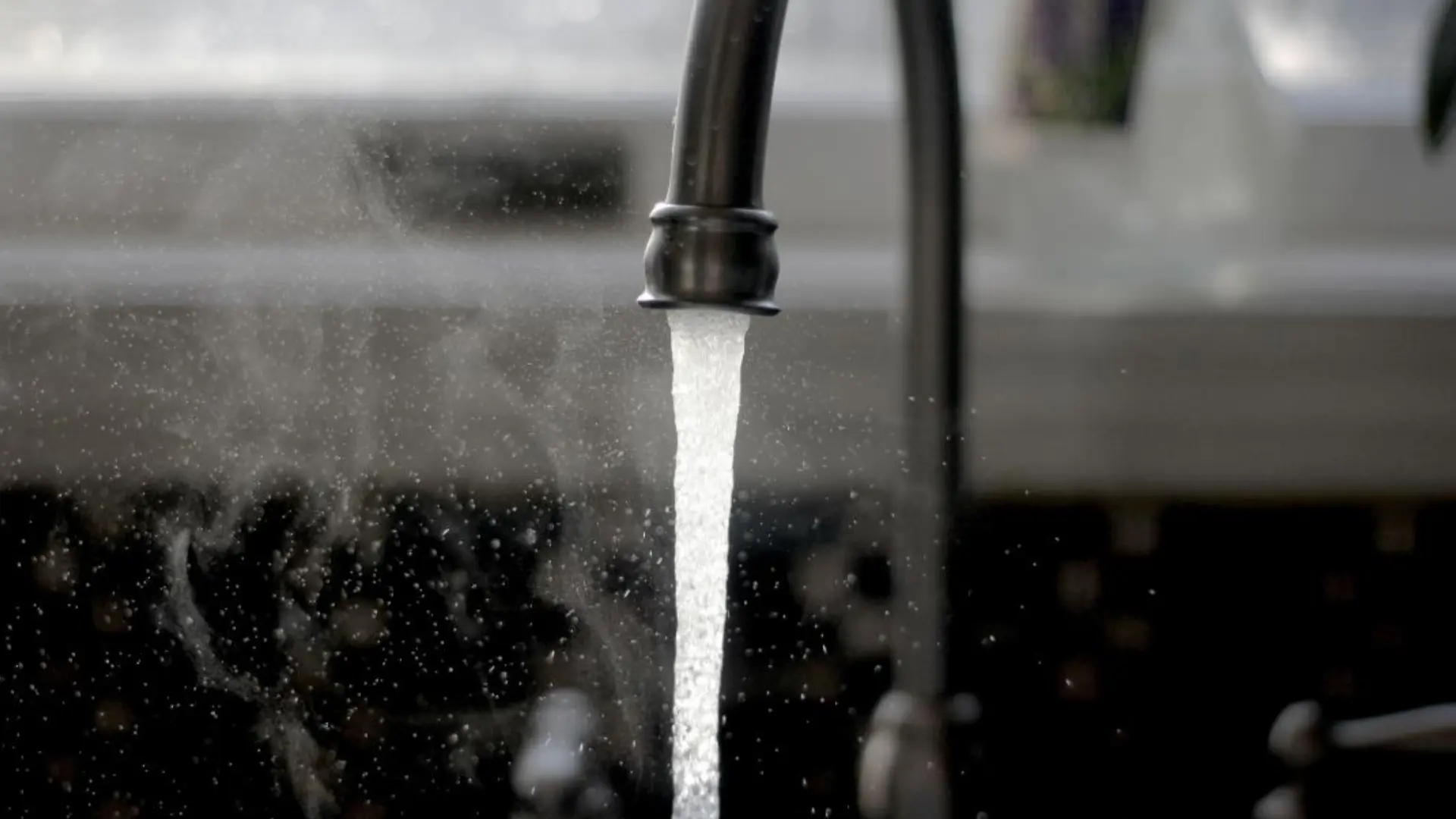
Advantages:
Basil is an inexpensive and easy method to eliminate fluoride from water.
Disadvantages:
Basil may not be effective at removing fluoride as other methods on this list. Additionally, it can take some time to prepare the basil leaves, and the water will be left with a taste
11. Use Activated Charcoal TO Remove Fluoride
Activated charcoal is a form of absorbent carbon that has been treated. Activated charcoal is often used in water filtration systems to remove impurities such as fluoride effectively.
Advantages:
Charcoal activated is a particularly efficient fluoride remover. It’s also easy and cheap to obtain and readily available.
Disadvantages:
One disadvantage of activated charcoal is removing other minerals from water, such as calcium and magnesium.
The Recommended amount of Fluoride in Drinking water
The maximum contaminant level objective for fluoride in drinking water has been set by the United States Environmental Protection Agency (EPA) at 4.0 mg/L.If the fluoride concentration in your drinking water is above 4.0 mg/L, you should take steps to remove it.
Techniques For Removing Fluoride
There are a few different options for eliminating fluoride from your water. Some methods, such as distillation and activated charcoal, are more effective than others. It is important to research the different methods and find the one that best suits your needs.
The Easiest Approach to Get Rid of Fluoride
The easiest method to get rid of fluoride from water is to employ a reverse osmosis filter. Reverse osmosis filters are designed to eliminate various pollutants, including fluoride. Furthermore, they are relatively easy to use and maintain.
Fluoride’s Drawbacks
Fluoride has been linked to several health issues, including dental fluorosis and skeletal fluorosis. Additionally, fluoride is harmful to the environment.
How Do I Remove Fluoride from Water?
How do you neutralize fluoride in water? There are a few ways to neutralize fluoride in water. One way is to add calcium to the water, which will bind with the fluoride and make it less toxic. Furthermore, the water will be less concentrated after it’s been boiled. Finally, using a reverse osmosis filter can also remove fluoride from water.
Conclusion:
Removing fluoride from water is important because of the potential health risks associated with exposure to this chemical. There are several ways to remove fluoride from water, and the best method for you will depend on your budget and needs. Reverse osmosis may be ideal if you’re unsure whether fluoride is good for your teeth. There are several reasons to be concerned about whether or not fluoridated water is healthy for your teeth. Whichever method you choose, follow the manufacturer’s instructions to ensure that your water is free of impurities.

